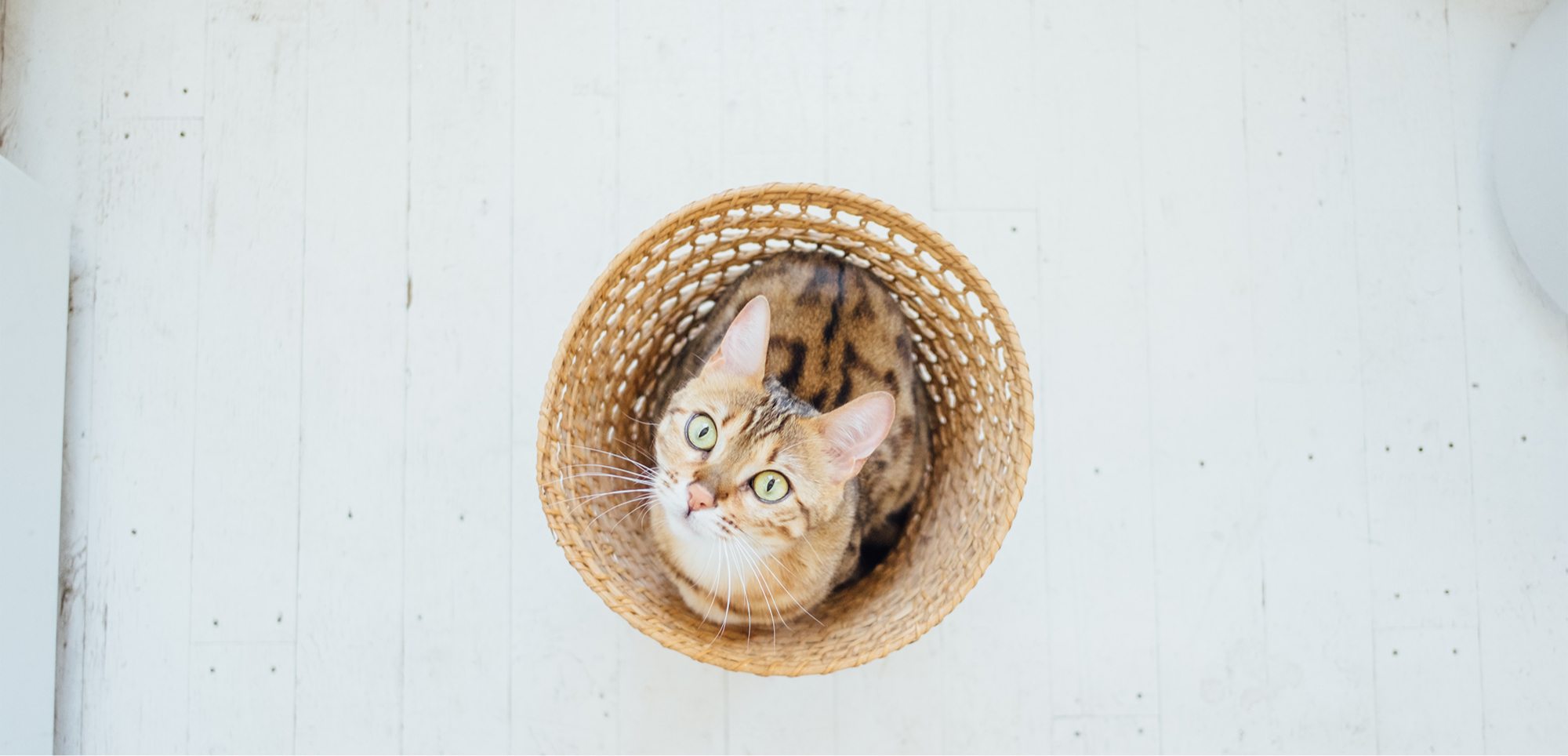Bonding rabbits
Rabbits are a social species and have evolved to live in groups. Having a bonded pair or group of rabbits is a recipe for happiness. In the wild, rabbits do not live alone. Rabbits kept as companions are not biologically different from their wild counterparts and therefore their innate need to be kept in the company of other rabbits is just as strong.
Rabbits should not be kept alone. No matter how hard we try, we cannot give our companion rabbits as much company as another rabbit can. Even if we make sure we spend 3 or 4 hours a day with our rabbits, that means that they spend 20 hours or more alone. However, if they have at least one bonded partner rabbit they will never be lonely. A desexed rabbit friend is essential for your rabbit from a welfare, behaviour and health perspective.
Rabbits form a bond for life:
- Once the rabbits have bonded they should not be separated as this will cause significant distress and can severely damage the bond. Therefore, if one of bonded pair of rabbits needs to visit a vet, then both should be taken, which will provide comfort for them both.
- If the rabbits are kept apart for any reason and one comes back with a different smell or a change in health, they may reject each other and begin fighting. If this happens the introduction process will need to be carried out
- Because rabbits form such powerful bonds with one another, the loss of a bonded companion can cause depression and illness. Please consider rehoming another suitable rabbit as a friend if a bereavement means that one of your rabbits is left without a companion long-term.
- Despite being sociable, rabbits are also territorial. Therefore, rabbit introductions must be conducted carefully. Encouraging rabbits to bond may take patience, time and commitment from you.
- Rabbits who are unknown to one another will need separate housing until they are successfully bonded.
- Both rabbits must be desexed to avoid breeding, fighting, and other behavioural problems.
- For a pair, the best match is often considered to be a male and female who are both desexed.

Rabbits are very sociable and will crave the companionship of their own kind.
Introducing New Rabbits
Rabbits who are new to each other must be carefully and gradually introduced, as rabbits can be territorial and cause serious injuries. Introductions between new rabbits should be carried out slowly and are expected to take a couple of weeks.
It is absolutely essential that rabbits who are old enough are desexed before pairing is about to take place. Male rabbits can take up to six weeks to become sterile after they are castrated. Females should not be bonded with another rabbit immediately post-neutering to reduce the risk of injury. Two baby rabbits (under 12 weeks of age) who are the same sex can live with each
other immediately; however, in this case, desexing must take place before the rabbits reach sexual maturity and fighting takes place otherwise their bond may not be able to be restored.
- First, get the rabbits acquainted by sight and smell. Keep the rabbits in separate homes and allow them access to a large run with mesh separating them or put them in nearby enclosures, where they can sniff each other through the wire. This allows them to get used to each other’s scent and company without being able to fight. To help this you can also swap their litter trays over or rub a cloth over one rabbit and then the other.
- When both rabbits become relaxed in each other’s company and are used to the sight and smell of each other, start putting them together for very short periods of time in strictly neutral territory where neither rabbit has been before. This must only take place under constant close supervision.
- Make sure you put lots of distractions in with them in their neutral territory, such as several piles of hay, herbs, cardboard boxes and a tunnel, as this will help them immensely. Rabbits are very territorial and any competition for resources might cause tension, so ensure that you have at least two feeding and watering stations and hiding places. At the slightest sign of tension, separate the rabbits (using a towel to intervene to prevent sustaining injury).
- Each day, gradually increasing the time the rabbits spend together. Always supervise them and separate the rabbits at the first sign of a fight. Repeat this until the rabbits are relaxed in each other’s company. After a few days or weeks of successful interactions, when the rabbits are happy to groom and be with each other, they can live together. If fighting occurs, separate the rabbits and begin the introduction process again.
- Rabbits who are not fully bonded must be kept separate when you are not with them.
Despite what many people believe, rabbits and guinea pigs should not be housed together. While there are some exceptions to this general rule, rabbit and guinea pigs do not usually get along and will often injure one another. Compatible companions of their own species are always better. If rabbits and guinea pigs have to live together and are already bonded, it is essential that the rabbit is neutered and that any male guinea pigs are also castrated. In addition, the guinea pigs must be provided with areas where it can escape from the rabbit and needs to be provided with Vitamin C daily.

